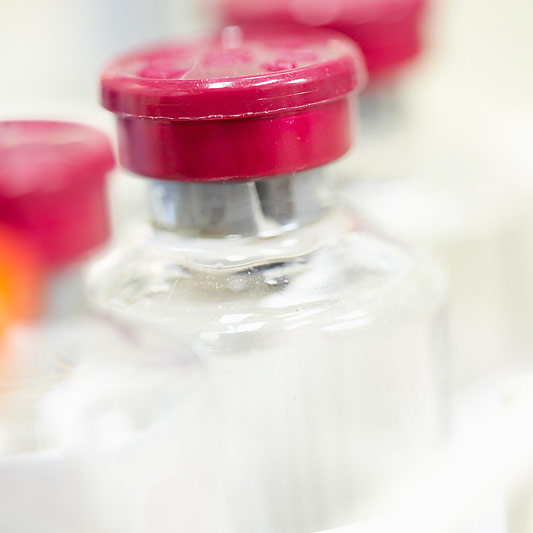WEDNESDAY, Nov. 16, 2016 (HealthDay News) — A new type of drug capsule might one day replace the need to take medicines every day, but so far it has only been tested in pigs, researchers report.
A capsule that contains a six-armed star containing drugs can remain in the stomach and release its medication over time. That means instead of taking daily medication, patients would only have to swallow one capsule weekly or monthly, the researchers said.
“We have the potential for an ultra-long capsule for medications that folks are currently taking once or twice or three times a day — that can now be given once a week or once a month,” said researcher Dr. Giovanni Traverso. He is an instructor in the division of gastroenterology at Brigham and Women’s Hospital in Boston.
“This can make life a lot easier, because patients are more likely to take a medication when it’s dosed once a week versus once a day,” he said.
The researchers developed a system that safely stays in the acidic environment of the stomach and slowly releases a drug over time, Traverso said. The capsule can be applied to many conditions, including Alzheimer’s disease, HIV, schizophrenia or kidney disease, he said.
Traverso said the capsule dissolves, and the star won’t move from the stomach and block the intestinal tract. Also, the drug cannot be released all at once because it is embedded in a solid that dissolves over time, releasing the drug as it dissolves.
“The star can be tailored for specific drugs. You can control how much of the drug is embedded in the arms of the star, and you can also tailor the rate at which the drug is released,” Traverso added.
For the study in pigs, the star contained ivermectin, a drug that helps fight malaria. This drug was chosen because the work on the capsule was partly funded by the Bill and Melinda Gates Foundation, whose goals include the elimination of malaria worldwide.
The star-shaped device has six arms that can be folded and encased in a smooth capsule. Drugs are loaded into the arms, and each arm is attached to a rubber-like core that eventually breaks down, Traverso explained.
After the capsule is swallowed, stomach acid dissolves the outer layer of the capsule, and the six arms unfold. Once the star expands, it stays in the stomach and resists being pushed down the digestive tract, he said.
In the animal study, the drug was gradually released over two weeks. After that, the substance holding the arms of the star together dissolved and the star broke into small bits that passed harmlessly through the digestive tract, Traverso said.
He said human trials are scheduled to start next year, but it would be several more years before this system might be available to patients.
It’s important to note that studies conducted in animals often fail to produce similar results in people.
Dr. Marc Siegel is a professor of medicine at NYU Langone Medical Center in New York City. He wasn’t involved with the study but is familiar with the findings. He said, “This is a direction we are going in, in both personalized medicine where everyone can have a pill that suits their needs, but also just one pill can be utilized for a long time.”
In the future, Siegel sees this approach being used to treat high blood pressure, type 2 diabetes, high cholesterol, heart disease and cancer.
It also might be possible to make a pill that has more than one drug, Siegel suggested. “So you maybe have one pill for all your medicines that is suited to your own metabolism,” he said. “But first we have to make sure it’s safe.”
The report was published Nov. 16 in the journal Science Translational Medicine.
More information
For more about drug-delivery systems, visit the U.S. National Institute of Biomedical Imaging and Bioengineering.
Copyright © 2024 HealthDay. All rights reserved.

